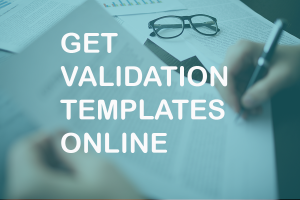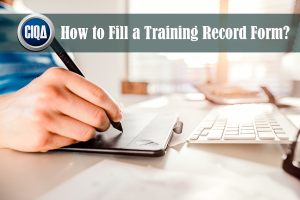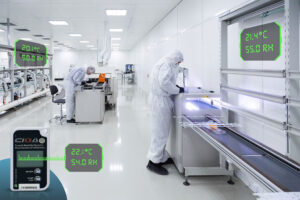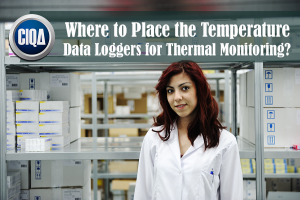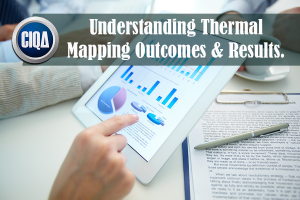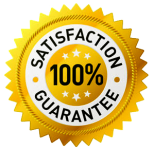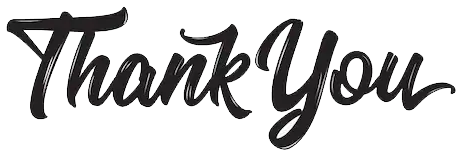
How to Select the Correct Analytical Test Methods in Cleaning Validation
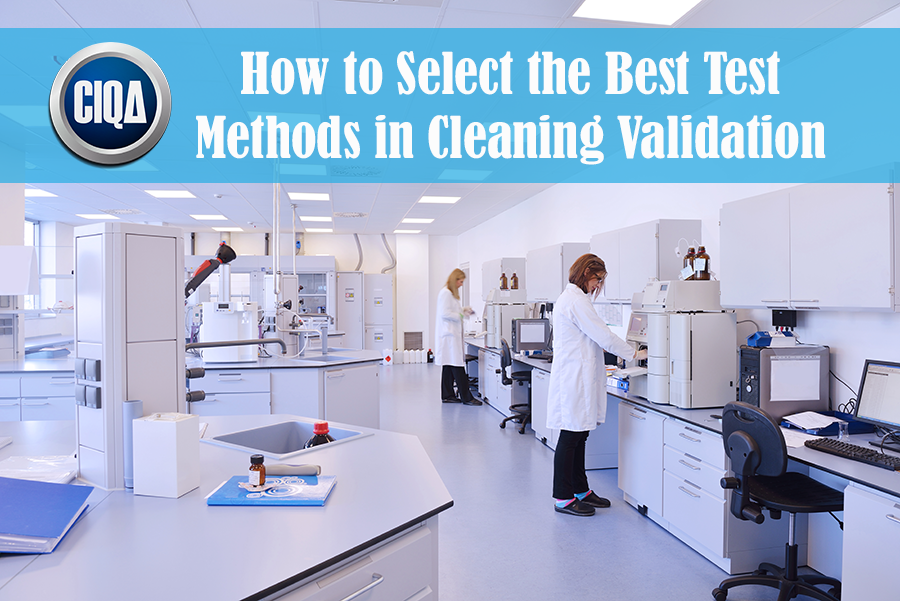
The Most Common Analytical Test Methods in Cleaning Validation:Specific and non-Specific MethodsThe success of the cleaning validation shall depend on the correct design and selection of the analytical method and its parameter characteristics to detect contaminants. Some of these testings are physical as visual cleanliness and others are analytical testing. Exist two (2) types of analytical test methods in cleaning validation: Specific and non-SpecificSurprisingly, you can reach incorrect conclusions of cleanliness based on the inappropriate selection and use of the analytical methods. The cleaning process’s effectiveness is evidenced by means of testing at the correct design specifications and parameters. e.g. detection limit, quantification limit, etc. Analytical testing for a specific residual material requires the selection of the most appropriate analytical method applicable for the intended use. In some cases, exist more than one analytical method available to perform the testing and reach similar results. Specific Test Methods in Cleaning ValidationThe most common test methods considered to detect specific ingredients are:Gas Chromatography GC-MS (Gas Chromatography-Mass Spectrometry) A transducer (or sensor) that converts the activity of a specific ion dissolved in a solution into an electrical potential. Determine the concentration of certain metal ions, among them sodium, potassium, lithium, and calcium. Uses first or higher derivatives of absorbance with respect to wavelength for qualitative analysis and for Method for quantitatively assessing protein translocation using proximity-induced enzyme complementation. Method of quantitative chemical analysis to determine the concentration of an identified analyte (a substance to be analyzed). Non-Specific Test Methods in Cleaning ValidationThe most common methods utilized to detect the presence of a blend of ingredients are:The amount of carbon found in an organic compound and is often used as a non-specific indicator of water quality or cleanliness of pharmaceutical manufacturing equipment. The scale used to specify the acidity or basicity of an aqueous solution Measuring the ionic content in a solution is linked directly to the total dissolved solids (T.D.S.) The preferred test methods in cleaning validationThe FDA prefers specific methods but will accept non-specific methods with adequate rationales for their use. For investigations of failures or action levels, a specific method is usually preferable. Considerations to select the correct test methods in cleaning validationIt involves the evaluation and determination of the specificity and sensitivity of the analytical method used to detect residuals or contaminants. With advances in analytical technology, residues from the manufacturing and cleaning processes can be detected at very low levels. If levels of contamination or residual are not detected, it does not mean that there is no residual contaminant present after cleaning. It only means that levels of contaminants greater than the sensitivity or detection limit of the analytical method are not present in the sample. The firm should challenge the analytical method in combination with the sampling method(s) used to show that contaminants can be recovered from the equipment surface and at what level, i.e. 50% recovery, 90%, etc. This is necessary before any conclusions can be made based on the sample results. A negative test may also be the result of poor sampling technique (see below). SUBSCRIBE AND FOLLOW US TO LEARN MORE ABOUTHOW TO WRITE A CLEANING PROCEDURES IN 6 STEPS.CONSIDERATIONS TO SELECT THE CORRECT TEST METHODCLEANING SAMPLINGTOP CLEANING VALIDATION FACTORS AND LEVELSESTABLISHMENT OF ACCEPTABLE CRITERIASTATUTORY AND REGULATORY REQUIREMENTSFor more details on specific FDA expectations and successful cleaning procedures, follow us Three (3) options to create a cleaning protocol:Option 1. You can create a great cleaning protocol, using a template.You can download a free sample of a validation template in .pdf format. To see the complete list of the most popular validation templates, click here. In addition, you can request a quotation to buy online a full validation template document in MS Word format that is completely editable, ready to fill and adapt to your needs. Option 2. We can bring you a formal training on how to create your own validation protocols using our template(s).This option is recommended if you want to learn more about how to build a robust validation protocol. One of our expert(s) will provide online step-by-step training to your team (unlimited assistance) on how to build a reliable validation protocol using a template. You can improve your corporate validation procedures and policies incorporating our template sections. It includes the template, an exam, and a training certificate for each assistant. Request a quote now. Option 3. We can create a customized qualification.One of our expert(s) will create and prepare for you a customized validation protocol with the inputs and specific information of your company. It may include, online support in document creation, execution, or final reporting, Request a quote online. GET IN COMPLIANCE TODAY, CONTACT US (Hablamos Español)References: Test Methods in Cleaning ValidationPIC/S Guideline to Validation – PI -006-3 (2007) ICH Guideline Q7 “GMP for APIs Inspection Guide for Bulk Pharmaceutical Chemicals and the Biotechnology Inspection Guide httpss://www.accessdata.fda.gov/scripts/cdrh/cfdocs/cfcfr/CFRSearch.cfm?fr=225.1 httpss://www.fda.gov/validation-cleaning-processes-793 httpss://www.gmp-compliance.org/gmp-news/what-does-the-fda-expect-from-cleaning-validation-today httpss://gmpnews.net/2019/06/fda-requirements-for-cleaning-validation/ |

Ramon Cayuela, MS, BS, Chemical Engineering
CIQA President and CEO.
I've been working in validation engineering since 1992 with many multinational pharmaceutical companies. I love sharing my passion and knowledge with others. If you have any questions about anything (or just have general questions). I will be more than happy to assist you. You can count on the BEST customer service on CIQA. I go to great lengths to make sure my clients are 100% satisfied with their purchases and check emails/messages consistently throughout the day. You can rest assured that everything being sold here is as-described or your money back. I look forward to working with you!
Related Articles
Subscribe to get validation
news and free tips by email.
Need Additional Help?


